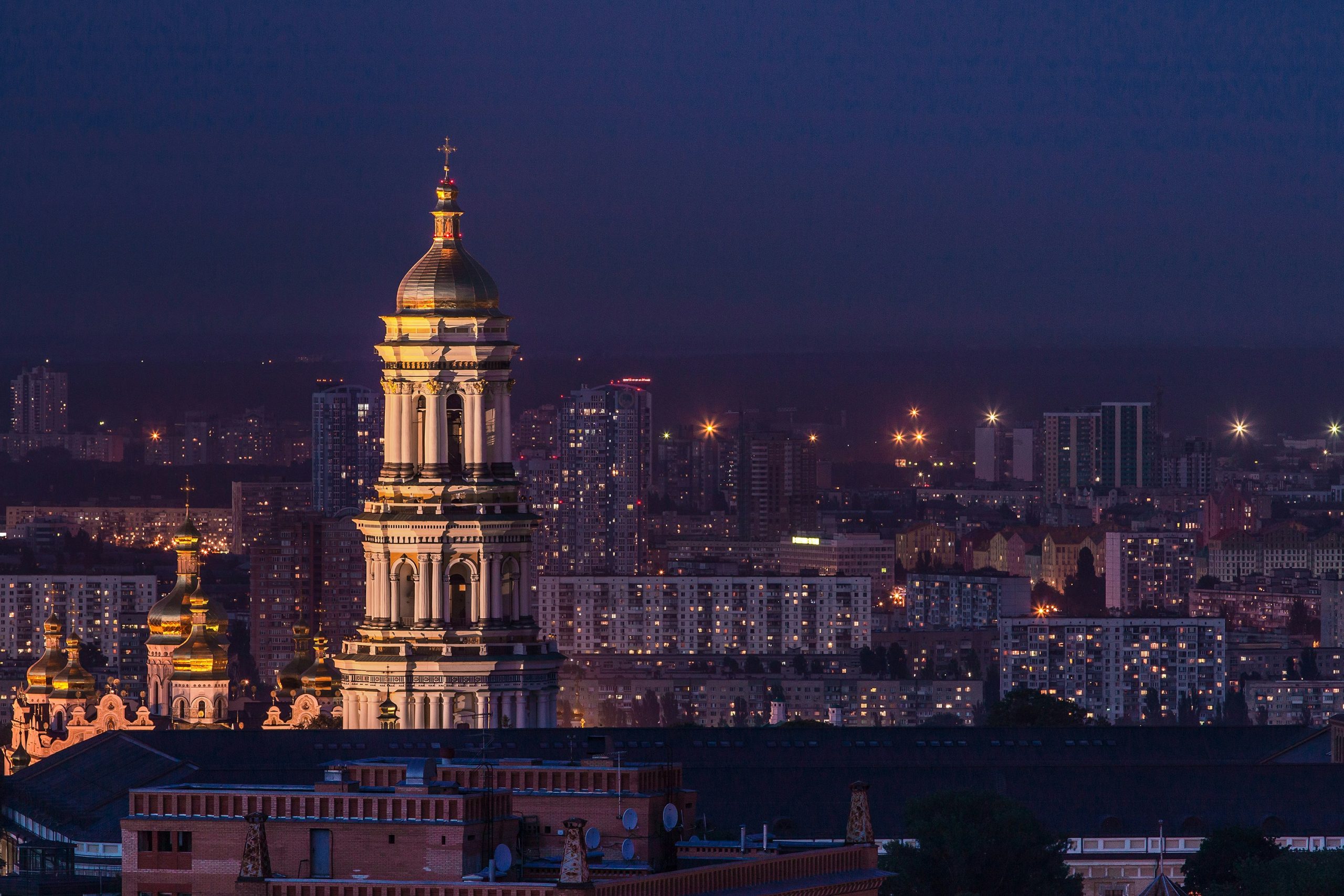The Decision on the Croatian Strategy for Hydrogen

On the basis of the Decision, the Ministry of Economy is in charge of drafting the Strategy of sustainable development, and the Minister, on March 18, 2021, issued a Decision on the establishment of a professional working group group for drafting proposals for the Croatian strategy for hydrogen from 2021 to 2050 (CLASS:310-02/21-01/94, ID number: 517-07-1-2-21-10).
The chairman of the expert working group is the minister economy and sustainable development, and the task of the group was to prepare all analytical bases, based on the National Development Strategy of the Republic of Croatia until 2030 and the Strategy of the energy development of the Republic of Croatia until 2030 with a view to 2050, as well as a draft document which, after a public discussion and the involvement of all relevant stakeholders, will enable the development of strategic goals related to the hydrogen-based economy.
Basically numerous activities related to dialogue with all interested stakeholders and the activities of the Expert working group, the Government of the Republic of Croatia has prepared a Proposal for the Croatian Strategy for Hydrogen until 2050.
Hydrogen – energy carrier
Hydrogen, as an energy carrier, has been the subject of discussions and an integral part of plans for a long time countries of the European Union, but also beyond.
With the aim of adapting to the climate with the changes, the European Green Deal was adopted, which was set up the goal of Europe becoming the first climate-neutral continent by 2050.
By bringing European Green Plan, the EU has increased its ambitions to reduce carbon emissions dioxide (CO2) and raised the original goal for 2030 to minus 55% compared to 1990. year.
By reducing CO2 emissions, we try to keep the temperature below 2 °C (and the target is 1.5 °C) compared to the average temperature of the pre-industrial level.
Further to the above, with the aim of contributing to the achievement of the goals set by the European Greens plan, on July 8, 2020, the European Commission (EC) presented two strategic documents: The Hydrogen Strategy for a Climate-Neutral Europe, in which hydrogen is highlighted as one of the key levers for a successful energy transition and The European strategy for the integration of energy systems.
In the EU strategy for hydrogen, clear guidelines for cooperation with representatives of the executive and legislative authorities, industry, scientific institutions and civil society through the European Clean Hydrogen Alliance, which is in charge of developing the program investments and a number of specific projects aimed at applying hydrogen technology.
Strategy for integration of energy systems describes how current EU policy frameworks will contribute realization of a climate-neutral integrated energy system with a high share of renewable energy sources (RES).
Both of the above-mentioned EU strategies contribute to the achievement of the goals of the UN Sustainable Development Programme development until 2030 and the goals of the Paris Agreement on climate change.
According to the EU strategy for hydrogen, in the first period from 2020 to 2024, the strategic goal is to enable the installation of at least 6 GW of electrolyzers with the production of up to one million tons of renewable hydrogen (today the capacity of installed electrolyzers in the EU is about 1 GW).
In order to achieve the stated goals at EU level, the European Alliance for Clean Hydrogen will develop clear guidelines for the necessary investments by providing financial resources from the European Recovery Plan.
In the second phase, in the period from 2025 to 2030, hydrogen should become an integral part of the integrated energy system with the strategic goal of installing an electrolyzer with a capacity of at least 40 GW for production by 10 million tons of renewable hydrogen.
In this phase, gradual price regulation is expected of renewable hydrogen to the extent that it becomes price competitive with other forms of production of hydrogen.
Renewable hydrogen will play a significant role in balancing the power system based on RES providing the necessary flexibility.
Also, hydrogen will be used in traffic, as well as for daily or seasonal storage thus increasing the security of supply in medium term period.
In the third phase, in the period from 2031 to 2050, a wider one is planned scale of application of renewable hydrogen technology in different sectors.
Byline: Petra Čotić

